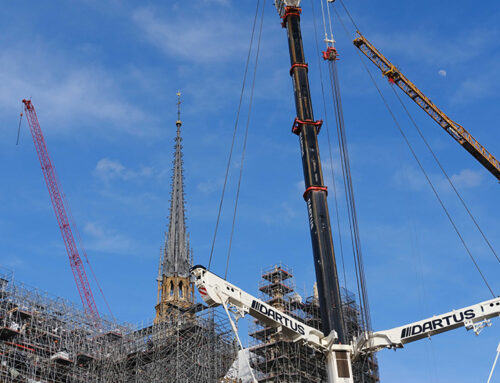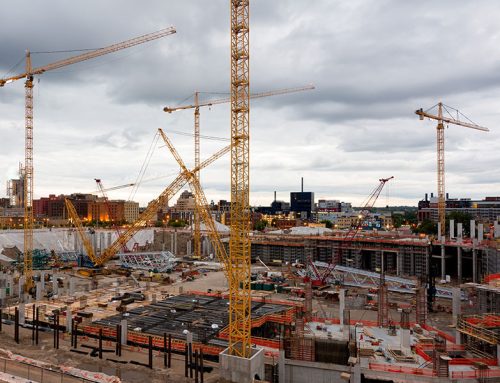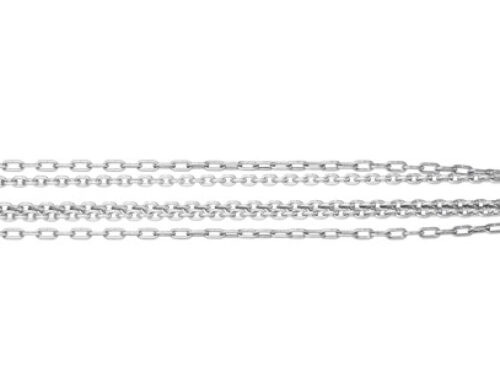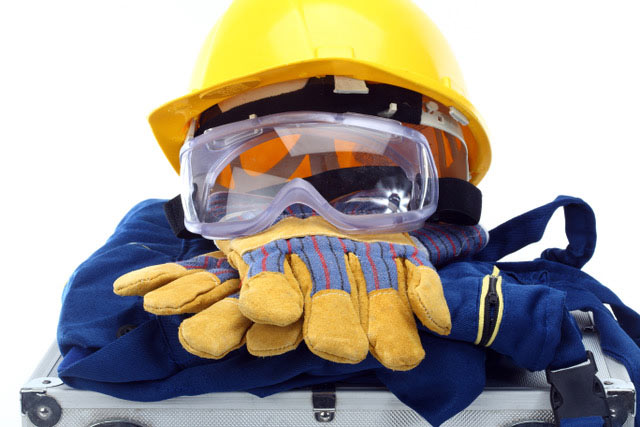
In their recent blog post, AMSCAF wrote about upgrades to their safety program. This got us thinking about the bigger picture of workplace safety.
Among the many aspects of workplace safety is the fact of an aging work force and the drain of experience, expertise and knowledge associated with it.
A peek at worker demographics available through the Bureau of Labor Statistics provides some benchmarks we think are notable. We looked at the age of construction workers and workers in related industries – ones with a propensity to be working with industrial wire rope in some capacity.
Although workers in construction and “support activities for mining” are younger than the all-industry average, many of the other segments are right at, or above the average.
With these numbers, we turned to look at generational data to see where workers entering the workforce are coming from. It’s no surprise. Still, a look at the following chart shows those entering the work force are Millennials, and it’s hard NOT to ask, “When did Millennials get so old?!?!?”.
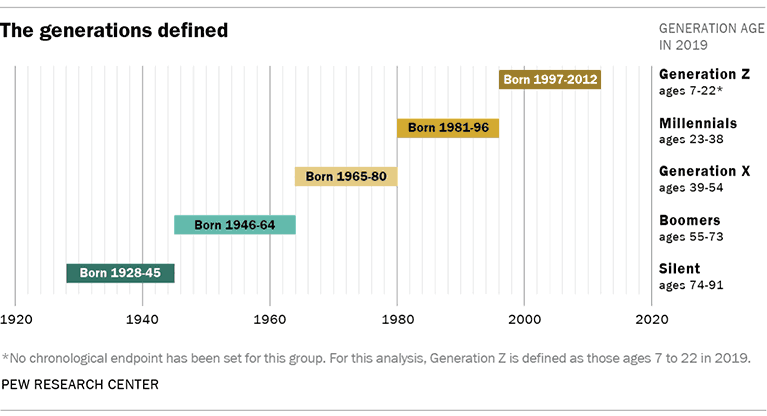
Never mind that rhetorical question. One that is truly important is this one:
How do we most effectively train this new generation on best practices in job safety?
The worker age data points out other questions as well, some of which may be more subtle.
- Given the workforce is aging, what are the implications of job safety for older workers?
- With the pace of change and innovation in everything from materials to technology and more, how do we effectively keep all workers trained on the safety implications of all developments?
It’s so much to consider, it can be overwhelming. And, to be clear – we don’t possess all the answers!! Our expertise is in fabricating wire rope products!
While we train our team thoroughly, we are every bit as much students of safety training as we are trainers and teachers.
We’ve run across some interesting information as we continuously build and enhance our training resources at Industrial Wire Rope, and wanted to point out some of them here:
Training Millennials
First, it’s worth noting that Millennials are concerned and conscientious about workplace safety. The post, How Millennials Are Changing Approaches to Workplace Safety in the Columbia Southern University blog, The Link points out, “…millennials are becoming a driving force in making workplaces safer for everyone.” This post in The Link lists some sobering reasons why safety is such a concern for Millennials: events like the Columbine High School shooting and 9/11 that occurred at a very formative period for this generation.
According to this post, the Centers for Disease Control and Prevention “reports that younger workers are more likely to be injured on the job than older adults, a trend that is attributed to less experience and training”.
Interestingly, just a couple of training tactics suggested in the post include gamifying and social media.
Gamifying?
Take a look at the EHS Today article, Using Gamification to Train Millennials. This article pegs the size of the Millennial workforce, 56 million strong in 2017, and projected to be 75% of the workforce by 2025. It also establishes that training this generation, raised in a digital world, cannot succeed by way of “the traditional talking head and paper manual training programs” that prior generations know very well.

What does “gamifying training” entail? This article suggests:
“using game design techniques in a non-game situation to engage users and reinforce a specific skill or concept. Training games use techniques from the game world like rewards, points, badges, frequent feedback, progression through many levels, etc., to make training more effective by making learning more fun.”
And What About Older Workers?
With people increasingly postponing retirement, keeping older workers trained on workplace safety is every bit as important as training millennials.
A post on Total Safety cites Business Insurance for data indicating older workers are less likely to be injured on the job. One reason is experience; the training and experience of several decades is ingrained and benefits these workers. Another reason may be these workers transitioning to assignments that are somewhat less risky. Nevertheless, it remains important for continuous safety training to be available to workers of all ages.
We found so many good resources for general safety training, this post could fill an entire “cloud” with suggestions. We’ll settle on wrapping up with this one from EHS Insight: Construction Safety Training: Want an Effective Program? Take it Straight to the Source.
This article advocates “conducting on-site training in real time… “, and how that can so effectively teach “…the potential fallout of neglecting safety practices”. Most notably, it addresses the perils of complacency and the advantages on-site training can offer to avoid that danger.
That the workforce looks a lot different now than it did five years ago, much less a generation ago, is pretty obvious. The implications of the changes can be more a more complex matter though. At Industrial Wire Rope, we’re very deliberate in looking at the training needs of our team and the tools to help them learn most effectively. The training plays out in the quality of our products, so it’s a strategic component of our business.
Let’s keep our workers safe! It’s good for business and great for our people, our customers and the public, all around!

